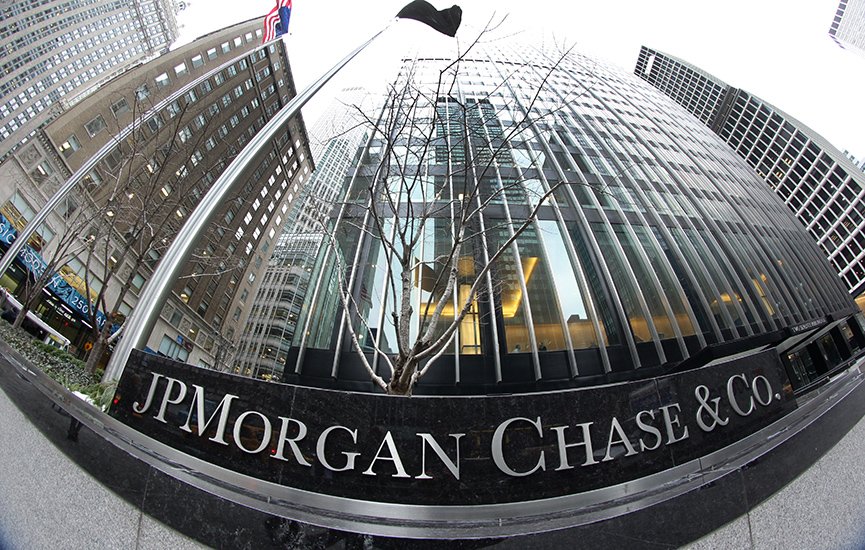The private banking arm of the nation’s largest bank, JPMorgan Chase, has 45 offices in the U.S. alone and reportedly will soon raise its minimum investible assets requirement from $5 million to $10 million for potential clients. So its CEO, Kelly Coffey, has a unique take on which cities, regions and industries are thriving, and which ones could be up-and-coming epicenters of wealth. Coffey shared her insights with Worth.
 Courtesy of J.P. Morgan Private Bank
Courtesy of J.P. Morgan Private Bank
What areas of the country are most interesting to you in terms of wealth management right now?
If you think about cities that are fastest growing from a wealth standpoint—not that it’s unexpected—[it would be] Northern California, [specifically] San Francisco and Palo Alto. Even with what’s gone on recently with some of the cooling of the values there, it’s a very active, vibrant area, particularly around technology and healthcare. One that you’d expect a little less that has similar characteristics is Austin. I’d put Miami into that category also—there’s definitely a growing international presence there and a financial and tech quarter that’s happening in Florida. Then we’re still seeing some of the more traditional centers that are pretty vibrant, like New York City, Dallas and Seattle.

What are some of the indicators you consider?
I look at a lot of different indicators. I’m looking at our business—the level of activity, how many clients are coming in, how many pitches are going out. We look at money motion, so who’s raising money and who’s selling something. Another thing I look at is where people are moving and which cities are fastest growing. We see that in Austin and a similar trend in Florida, particularly Miami.
You mentioned several coastal cities. Do you think the coasts tend to be more vibrant than other areas?
The coasts are where the largest companies and oftentimes the largest cities are, and that’s why I think wealth tends to be concentrated there—there are just more people. That doesn’t always apply though—the Denver region is also interesting. I will say that the Midwest, if you look at the business makeup, tends to be where manufacturing and traditional capital goods are concentrated. That part of the economy has been much slower compared to technology, healthcare and other consumer trends that have been driving growth in the businesses that are on the coasts.
What industries besides healthcare and technology are standing out to you now?
In general, consumer discretionary spending has been strong, and that comes through in so many different types of industries. The financial sector is always important, even if it’s not changing world trends [like tech]. I don’t know whether to separate fintech from tech, but a lot of investment is being made there—I think it remains to be seen how much of that is going to work.

You have more than 45 offices in the U.S. already. Are you looking to expand into any markets in particular?
I think we’re pretty well covered in terms of where we need to be, but the place I would think about going next would be San Diego. We’re in L.A. and Orange County, but we don’t have specific offices in San Diego, and there’s a lot of wealth there. We sometimes think about opening an office Charlotte, N.C., or Portland, Ore. When you decide to go local somewhere, it’s a decision to make an investment, because we want to go there with critical mass. You want to have enough people to deliver what the private bank does.







